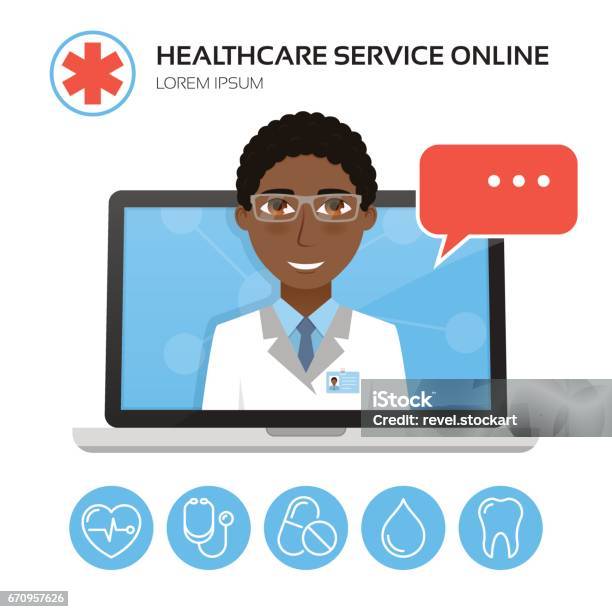How Subscription Based Healthcare is Changing Patient Accessibility to Services
How Subscription Based Healthcare is Changing Patient Accessibility to Services
Blog Article
Comprehending the Cost-Effectiveness of Subscription-Based Healthcare Designs
As the healthcare landscape develops, subscription-based designs emerge as a compelling option, promising to redefine exactly how people take care of clinical expenditures. Evaluating these models' cost-effectiveness demands a nuanced comparison with conventional insurance coverage, thinking about both monetary ramifications and individual fulfillment.
Review of Subscription-Based Versions
Subscription-based medical care versions, often described as direct health care or attendant medicine, are progressively acquiring attention as a possible remedy to inadequacies within standard medical care systems. These versions operate the principle of offering patients straight access to doctor through a yearly or regular monthly fee, bypassing the demand for standard insurance mechanisms. This plan aims to streamline patient-provider communications by decreasing management problems, which typically prevent individualized and timely treatment.
At the core of subscription-based models is the focus on a much more tailored person experience. Individuals gain from boosted access to their medical professionals, typically including next-day or same-day appointments, expanded consultation times, and direct communication networks such as phone or video telephone calls. This model fosters an aggressive method to medical care, where suppliers and patients can collaboratively concentrate on preventative treatment and chronic illness monitoring.

Cost Contrast With Typical Insurance

Among the main economic benefits of subscription models is transparency in costs. Individuals pay a foreseeable charge, which can streamline budgeting and economic preparation. Additionally, these models generally get rid of co-pays and deductibles for covered services, decreasing out-of-pocket costs. On the other hand, typical insurance may be much more beneficial for individuals requiring specialized care or pricey therapies not covered under a registration version, as they profit from the more comprehensive protection network and cost-sharing mechanisms.
Nevertheless, cost-effectiveness is context-dependent. While membership models could provide financial savings for those mostly needing health care, people with chronic problems or specialized health care needs could find typical insurance extra extensive. Assessing details healthcare demands and potential usage is critical in identifying the most economical alternative for individuals.
Influence On Person Complete Satisfaction
Patient satisfaction within subscription-based healthcare models often reflects a significant renovation over typical insurance policy systems. Unlike typical systems, where individuals may experience delays in receiving treatment, subscription-based designs make sure even more straight and prompt communications with health care suppliers.
Furthermore, the openness in prices connected with subscription-based healthcare reduces the common stress associated with unforeseen fees and intricate invoicing procedures seen in standard insurance (subscription based healthcare). Patients value knowing the specific monetary commitment upfront, causing enhanced next trust fund and confidence in their healthcare administration
Additionally, the focus on preventive care and wellness in registration versions adds to enhanced wellness results, better enhancing person complete satisfaction. By focusing on recurring health care rather than episodic treatment, individuals experience a more continual and alternative medical care journey.
In addition, the improved provider-patient partnership cultivated in these designs, defined by more time spent per patient and tailored focus, plays an important duty in boosting patient satisfaction degrees, as patients really feel genuinely taken care of and comprehended.
Provider Perspectives and Experiences
From the service provider's perspective, subscription-based medical care designs supply a transformative approach to supplying clinical services. These models emphasize a preventative and aggressive health care approach, enabling companies to concentrate on comprehensive person treatment without the constraints of conventional fee-for-service setups (subscription based healthcare). This change in emphasis typically results in enhanced individual end results and increased service provider contentment, as healthcare specialists can allot more time and sources to person engagement and personalized care plans
Additionally, subscription designs assist in foreseeable income streams, which improve financial stability for medical care suppliers. This predictability enables enhanced source preparation and appropriation, adding to a more effective healthcare delivery system. Providers can buy staff modern technology, training, and facilities improvements, consequently improving the top quality of treatment used.
However, the change to subscription-based designs is not without difficulties. Carriers need to adapt to new operational frameworks, which can involve considerable changes in payment practices and person management systems. In addition, there is an inherent requirement for robust data management to track client results and guarantee high quality care. Regardless of these difficulties, many service providers find that the advantages of raised patient communication and structured operations surpass the first obstacles, making subscription-based designs an eye-catching choice.
Future Potential Customers and Difficulties

A main difficulty is regulative compliance, as registration models should abide by advancing medical care plans and insurance coverage needs. This necessitates continual adaptation and development to make certain alignment with lawful requirements. Furthermore, incorporating these versions right into existing healthcare facilities can be intricate, needing considerable investments in modern technology and training.
There is also the potential danger of creating injustices in health care gain access to, as subscription models could favor those who can check my blog manage them, leaving vulnerable populations underserved. Resolving this calls for thoughtful factor to consider of prices methods and aid devices to ensure inclusivity.
Verdict
Subscription-based health care versions present a feasible choice to typical insurance coverage by offering financial predictability and transparency, especially benefiting individuals with persistent problems or constant health care demands. The cost-effectiveness of these versions rests upon private health care use patterns and circumstances. While they may boost individual fulfillment and enhance budgeting, challenges stay in resolving specialized treatment requirements. Future factors to consider consist of balancing thorough coverage with price and incorporating these designs within the wider health care system for ideal outcomes.
Subscription-based healthcare designs, in some cases referred to as direct primary care or attendant medicine, are significantly getting focus as a possible service to inefficiencies within standard medical care systems. Unlike traditional systems, where people could experience hold-ups in obtaining treatment, subscription-based versions guarantee even more direct and timely communications with health care companies.
These designs highlight a preventative and proactive health care method, allowing providers to focus on detailed patient treatment without the restrictions of traditional fee-for-service arrangements. As these versions proceed to acquire traction, they supply the possible to transform person accessibility to care, streamline service distribution, and optimize healthcare investing.Subscription-based health care models present a viable choice to conventional insurance coverage by offering financial predictability and openness, specifically profiting people with persistent problems or regular healthcare requirements.
Report this page